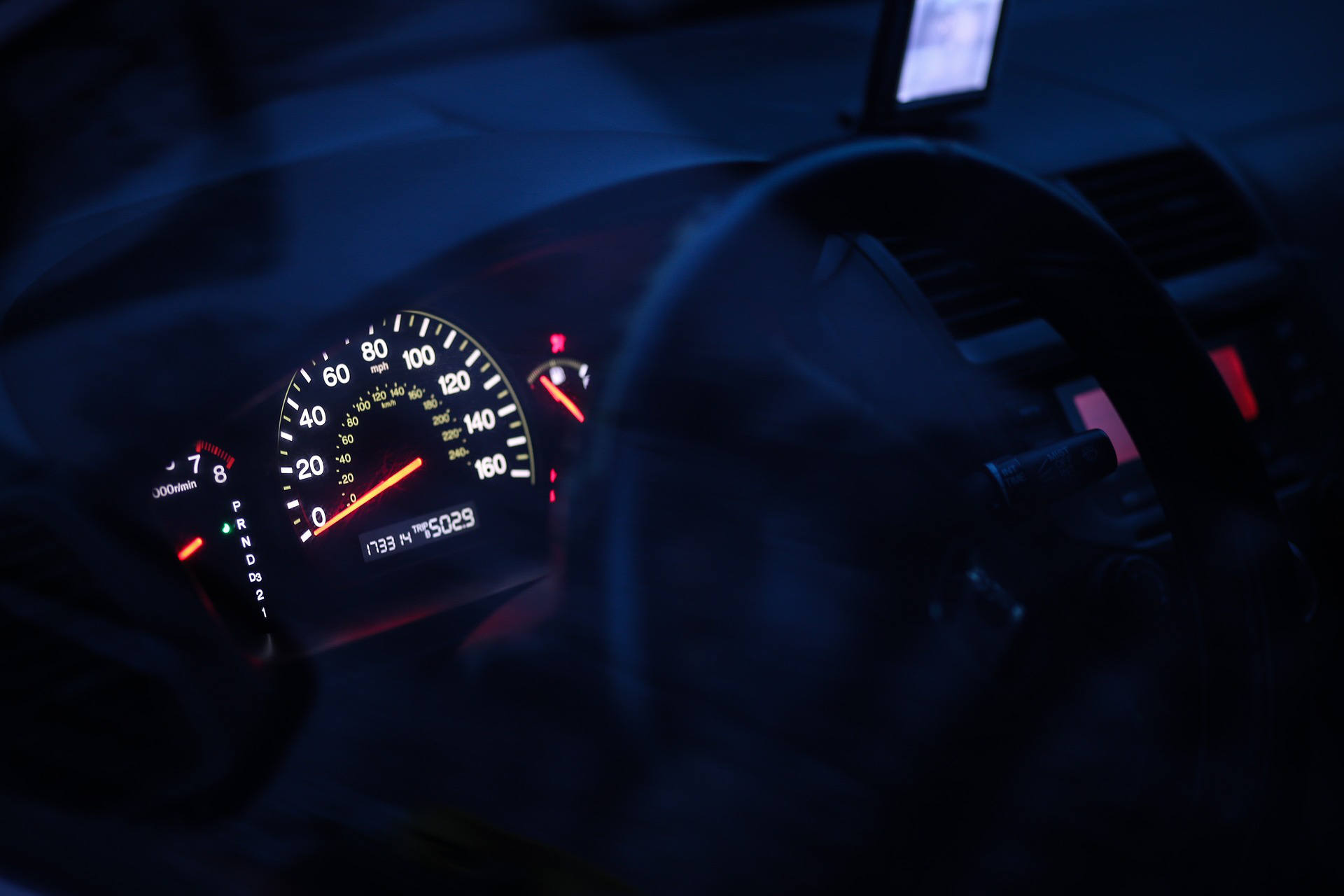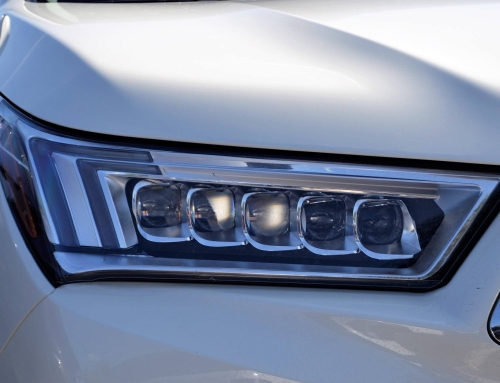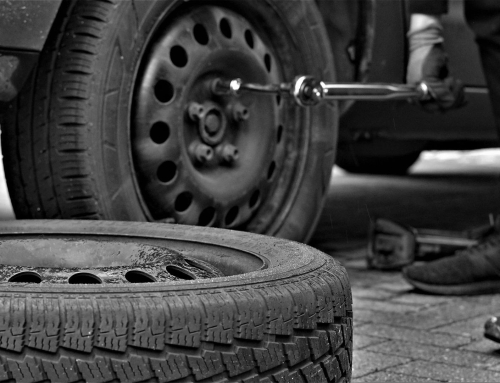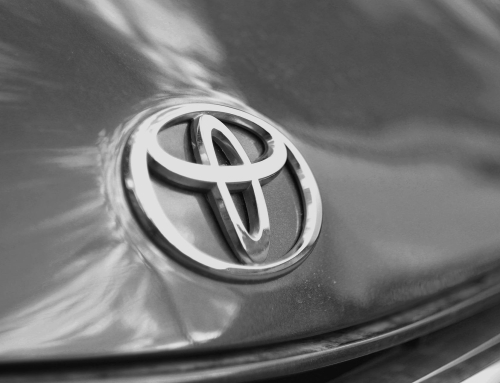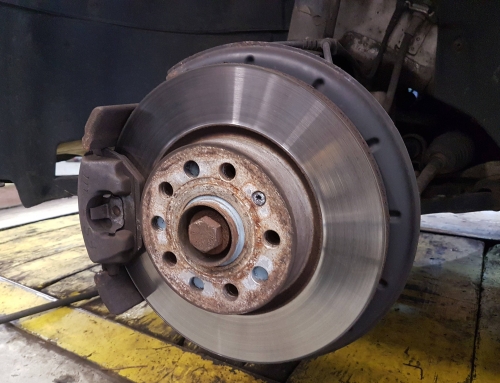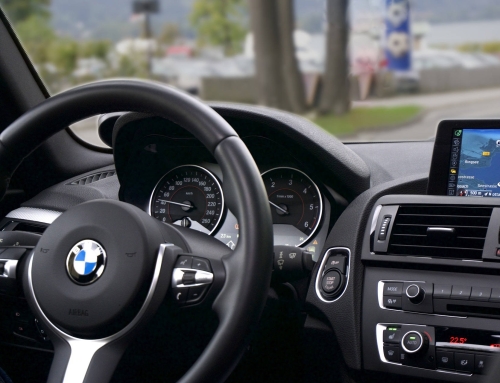Encountering a check engine light in your vehicle can evoke anxiety and annoyance. While it serves as a warning that something may need to be corrected under the hood, it often lacks specificity, leaving drivers uncertain about the severity of the issue. While the impulse to dismiss the light and postpone repairs may be tempting, it’s essential to recognize the importance of addressing potential problems promptly. In this article, the implications of driving while the check engine light is illuminated is discussed and will provide guidance on the best course of action.
Contents
Assessing the Situation
Upon noticing the check engine light, it’s crucial not to panic but to assess the situation systematically. Pulling over to a safe area to evaluate these questions can help determine what is best to do in the situation.
Recent Fueling
Have you recently refueled your vehicle? If you failed to secure the gas cap entirely, it may have triggered the check engine light. While tightening the gas cap may resolve the issue, it is advisable to confirm whether it resets immediately.
Physical Sensations
Did you experience any unusual jolts or vibrations while driving? These symptoms could indicate potential issues with spark plugs. If driving becomes challenging due to irregular movements, seeking assistance and arranging for prompt repairs is prudent.
Auditory Signals
Did you notice any peculiar sounds coinciding with the illumination of the check engine light? Unusual noises suggest underlying mechanical problems that warrant immediate attention. Depending on the severity, summoning a tow truck or proceeding cautiously to the nearest repair facility may be necessary.
Flashing Light
Is the check engine light flashing? Unlike a steady illumination, a flashing light signifies more severe concerns, such as engine overheating or misfires. In such instances, you must cease driving, turn off the vehicle, and seek professional assistance promptly.
Understanding the Risks
Driving with an illuminated check engine light poses inherent safety risks, which may signal potentially hazardous engine issues. Misfires, for example, can impede vehicle performance, compromise acceleration, and lead to catalytic converter damage if left unaddressed. Similarly, engine overheating can escalate rapidly, posing dangers to occupants and other road users. Consequently, continued operation in such circumstances can exacerbate damage, resulting in costlier repairs and heightened safety hazards.
The Importance of Diagnosis and Repair
While some instances of check engine light illumination may be benign, it’s essential not to dismiss the warning without proper diagnosis. Consulting a professional mechanic to conduct a comprehensive assessment using diagnostic tools can pinpoint the root cause of the issue. Whether it’s a faulty sensor, spark plug damage, or catalytic converter malfunction, timely diagnosis facilitates appropriate repairs, ensuring vehicle safety and reliability.
In conclusion, encountering a check engine light necessitates informed action rather than disregard. By understanding the potential risks of driving under such conditions and prioritizing prompt diagnosis and repair, drivers can mitigate safety hazards, safeguard vehicle integrity, and uphold roadworthy standards. Remember, proactive maintenance is critical to preserving vehicle performance and occupant safety.

